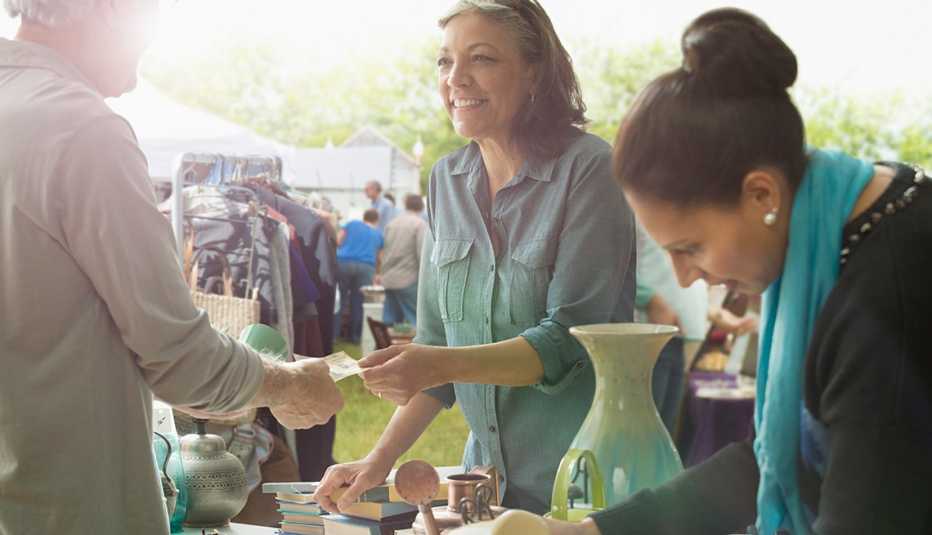Staying Fit
Moving a loved one, whether across town or cross country, can cost a small fortune. Or not. The price depends on how — how much, how far, how many hours and how many friends and family helpers you can rustle up. The hows depend on your loved one and the budget. If your loved one is anxious or confused about the move, it may be worth spending extra to streamline the process. If money is tight and help is plentiful, it may be best to form a family moving brigade and leave cash in the coffer for your loved one’s future expenses.
You may not be able to do it all, but everything you can do, from packing up the old place to setting up the new one, is money saved.


AARP Membership— $12 for your first year when you sign up for Automatic Renewal
Get instant access to members-only products and hundreds of discounts, a free second membership, and a subscription to AARP the Magazine.
Do-It-Yourself Move
One upside to downsizing is that there is a limited amount of stuff to move. A willing family, a rental truck, a dolly, packing materials and strong people may be all you need to complete the job — and save hundreds of dollars.
Finding Movers
After culling the possessions of a lifetime, trusting the things that you love best to a mover you don’t know is a big ask. And not an unreasonable one.


































































